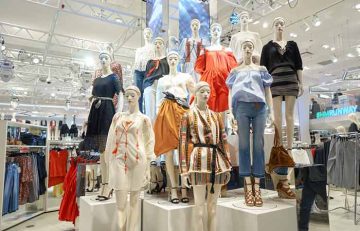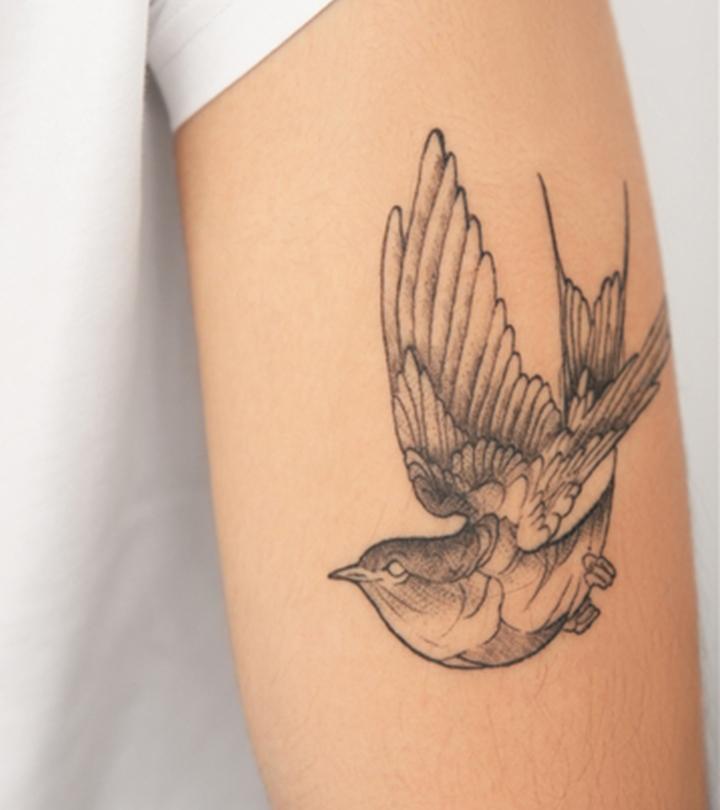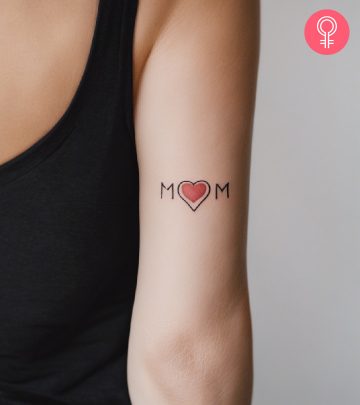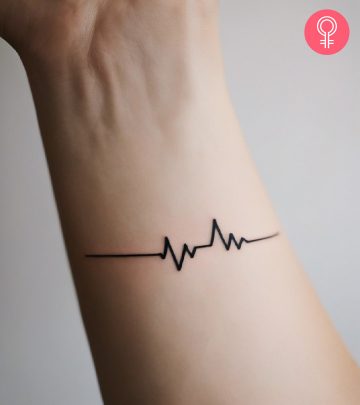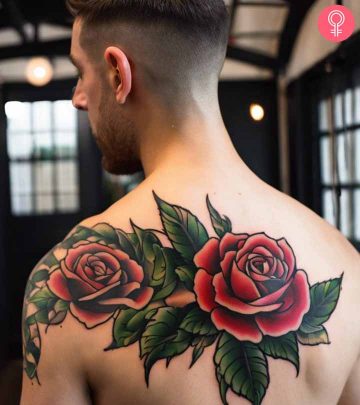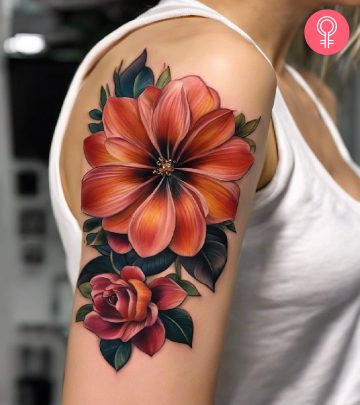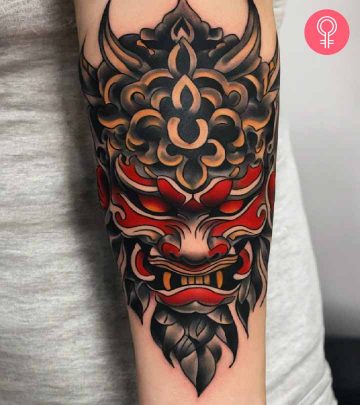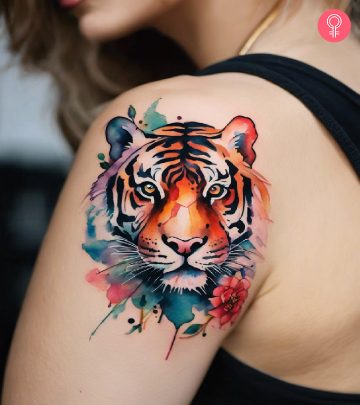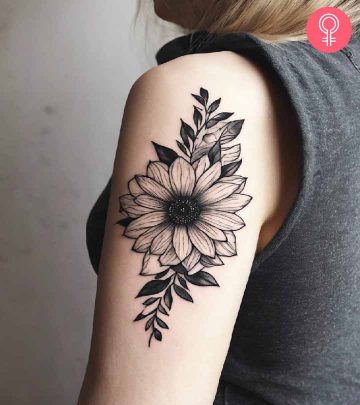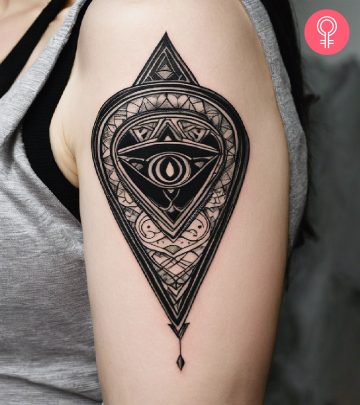Crying Over The Ban Of Shein And Club Factory? Here’s Why We Love Fast Fashion But Probably Shouldn’t

Image: Shutterstock
If you were taken aback by the government’s sudden decision to ban many Chinese apps from online app stores, you’re not alone. The apps that were taken off ranged from social media apps like TikTok and utility apps like CamScanner to popular fashion apps like Club Factory and Shein. Although many were stunned at the government’s sudden decision, others saw this move coming. India and China are currently at a border clash and tensions are high between the two countries. Many people believe that shopping apps like Shein and Club Factory were game-changers when it came to bringing fashionable and affordable clothes to the masses. So how was all of this possible? Well, to understand all of this we must first understand the concept of fast fashion (1).
What Is Fast Fashion?
Fast Fashion is in reference to clothing that is mass-produced in an inexpensive manner as soon as it hits the catwalk. The most defining characteristics of fast fashion are the affordability and timeliness of production. But with these two characteristics come a variety of problems. Fast fashion has been in the news for all the wrong reasons. From copying iconic designs to mistreating and underpaying their factory and warehouse workers, fast fashion websites have been the center of controversy (2).
In recent years, fast fashion apps and stores have been the rage all over India. Brands like H&M and Zara have taken over with their affordable and fashionable clothing. Shein itself had over five million downloads in India itself. The app entered Indian in the year 2017 and slowly expanded the target audience to tier-two cities and other non-metro areas as well. The problem lies in the fact that fast fashion products are often not made of the best quality materials. According to reports, people who purchase fast fashion outfits are likely to discard them after just seven to eight wears (3).
How Fast Fashion Altered The Average Indian’s Fashion Game
Let’s be real. Every Indian loves a good price. Fast fashion was affordable to the masses and inclusive enough to have a huge advantage. Another plus point was that there was a wider variety of outfit choices available. Many plus-sized women find it difficult to find outfits that fit them well and flatter their figure. Apps like Shein and Club Factory offered a broader variety of equally fashionable clothing for plus-sized women or women who were size zeroes. They were able to penetrate smaller cities and markets by offering high-fashion, urban outfits that turned into some sort of status symbol for those who possessed them.
Some of the most unlikely individuals to be affected by this ban are fashion bloggers. Many fashion bloggers relied on fast fashion to cater to their audiences. Many were even offered sponsorship and brand deals with these fashion apps. While some bloggers were disappointed by the government’s move, many have also supported the decision and stated that this will provide opportunities for homegrown brands and companies to emerge (4).
The Dark Side Of Fast Fashion
However, we need to take into account the negatives associated with this industry as a whole. The fact that everything depended on timeliness and churning a high amount of designs was because they depended heavily on their blue-collar workers like factory workers, warehouse workers, and delivery personnel. This would often lead to “slave-like” working conditions, with many workers alleging physical abuse and many other human rights violations (5) (6).
Many garment workers have spoken out about how rampant s*xual, physical, and emotional abuse are in the factories. One factory worker in Bangalore even claimed that she was discriminated against because she was of a lower caste and physically abused by her managed (7).
How We Can Do Our Bit
The one way we can help contribute less to fast fashion is to switching to spending a little extra and purchasing designer brands or by switching to buying Indian brands. There are many good quality Indian brands that cater to all our needs. You don’t necessarily need to purchase fast fashion products. With enough research, you will eventually manage to find a decent substitute. There are tonnes of fashion apps like Myntra and more that sell affordable clothing that is made and manufactured in this country itself. They cater to all kinds of sizes, ages, and genders.
If you too are horrified of the fast fashion industry and how it treats its workers and in a way, it’s consumers too, here’s what you can do. In the end, the less we support this industry, and the more we support ethical and original designs, it will be better for us. Plus, wouldn’t you rather have a product that’s good quality and long-lasting for a slightly higher price than spend less money on an outfit that will degrade after a few wears.
The fashion industry is not inherently bad. It does provide a tonne of jobs and right now has taken a major hit after the coronavirus spread. It is up to us to support the right kind of creators and make sure we invest our money in good quality products. Do let us know your thoughts on this article in the comments section below. Share this article if you learned something new!



